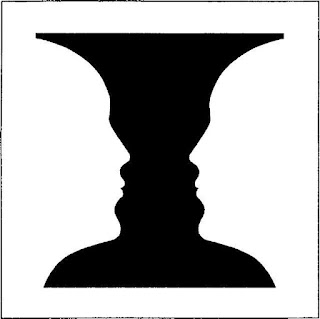You Can't Do Everything
So I love writing a blog. Its fun to just have a forum for talking about things and sending it out into the ambiguous nether of the internet. However, it would seem that I am being pulled in many directions. I endeavored to pursue a PhD these past few years and have now accepted the idea that perhaps I am not ready to do a dissertation. But rather than just flat out lose all my course work, projects, etc. I am switching my degree from PhD to EdS. I think I posted about this before. In any case, I still have one last project to complete. Today I realized that I cannot to my final project and maintain this blog with regularity. So for now, I will only post once a week. So the blog will be maintained, but only just barely. But barely will have to be good enough for the next couple of months.

